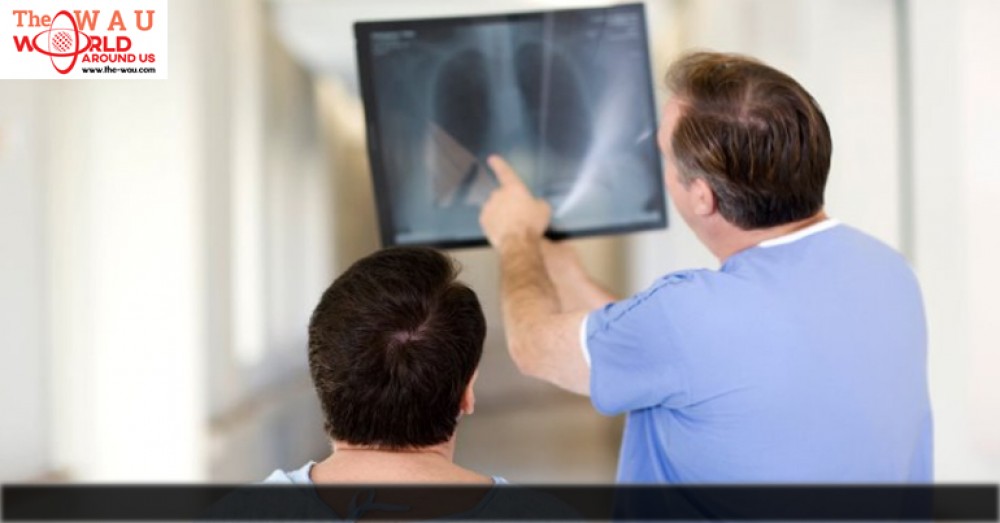Regular smokers are at a higher risk of lung cancer. However, it is not just the smokers who succumb to this disease. Non-smoking people are also at risk of lung cancer.
Lung cancer is the second most common form of cancer which kills millions of people, both men and women, across the globe every year. Lung cancer is the abnormal growth of cancer cells in the spongy organs of your chest. These organs are known as lungs and are responsible for inhaling oxygen and releasing carbon dioxide. However, some people like to expose their lungs to the smoke of cigarettes, hookah and marijuana. This set of people, who are regular smokers, are at a higher risk of lung cancer. However, it is not just the smokers who succumb to lung cancer. Yes, non-smoking people are also at risk of lung cancer. Lung cancer is more of a silent killer, one which does not show many symptoms until the advanced stage. Once in the advanced stage, it is not such an easy task to treat lung cancer.

Some of the early signs and symptoms of lung cancer include:
1. Cough that doesn't go away
2. Coughing up blood
3. Chest pain
4. Hoarseness
5. Headache
6. Body ache
7. Unexplained weight loss
8. Shortness of breath
Nevertheless, prevention is better than cure. So what we recommend for you here is cutting out all the factors which could be putting you at a higher risk of lung cancer.
1. Quit smoking and get screened
We all know that smoking is a serious health hazard and is putting you at a risk of lung cancer. 90% of the lung cancer cases are attributed to smoking. However, it is never too late to quit. Even if you have been diagnosed with lung cancer, cessation will help you make situations better. Smoking also puts you at a higher risk of chronic pulmonary disease. Therefore, you must quit smoking as soon as possible. Within a year of quitting, you will see significant improvement in the state of your health. Also, get screened after you quit because you never know, you may or may not have developed lung cancer.
2. Avoid second-hand smoke
If you are not a smoker and still surrounded by smokers all the time, it does not mitigate your risk of lung cancer. Researchers say that second-hand smoking is just as bad as smoking. Even if you are not putting that cigarette on your lips, you still are inhaling the smoke and it is damaging your lungs. So try to keep from a group of people who smoke and avoid going to places where you will encounter a lot of smoke.

3. Check your home for radon levels
Radon is an odorless gas produced by the decay of natural uranium in the soil beneath your home. Radon gas is a leading cause of lung cancer is non-smokers. This gas can mix with the oxygen you breathe in and increase your risk of lung cancer. Get your home checked for radon levels and take the appropriate action for the same.
...[ Continue to next page ]
Share This Post












